What is Glen Earrach proposing?
Glen Earrach Energy (GEE) is proposing a 2GW Pumped Storage Hydro (PSH) project. It will have a storage capacity of up to 30,000 megawatt hours (MWh) with up to 2,000MW installed electrical generation capacity with a gross head of just less than 500m
Similar to Foyers PSH but over six times as large! This is a major industrial development in what the applicant recognises as an rural area.
What is Pumped Hydro Storage (PSH)?
PSH connects a lower body of water with a secondary, smaller loch on the hillside above and will either pump water uphill to store power, or use gravity to release this stored power. It is utilised as a giant battery as it generates no power without input. Whilst we agree with the need to store our green energy, there are many alternatives, such as hydrogen, which according to the Royal Society can be stored in solution mined salt deposits. This would allow us to protect the nature we’re trying to save by using green energy most efficiently and also has the benefit of being the lowest cost per unit of energy stored. The Royal Society go on to explain that ‘The expansion of pumped storage in the UK is limited by geography and implies that it will only have a marginal impact on GB’s need for tens of TWh’s of large scale storage’. Read more here

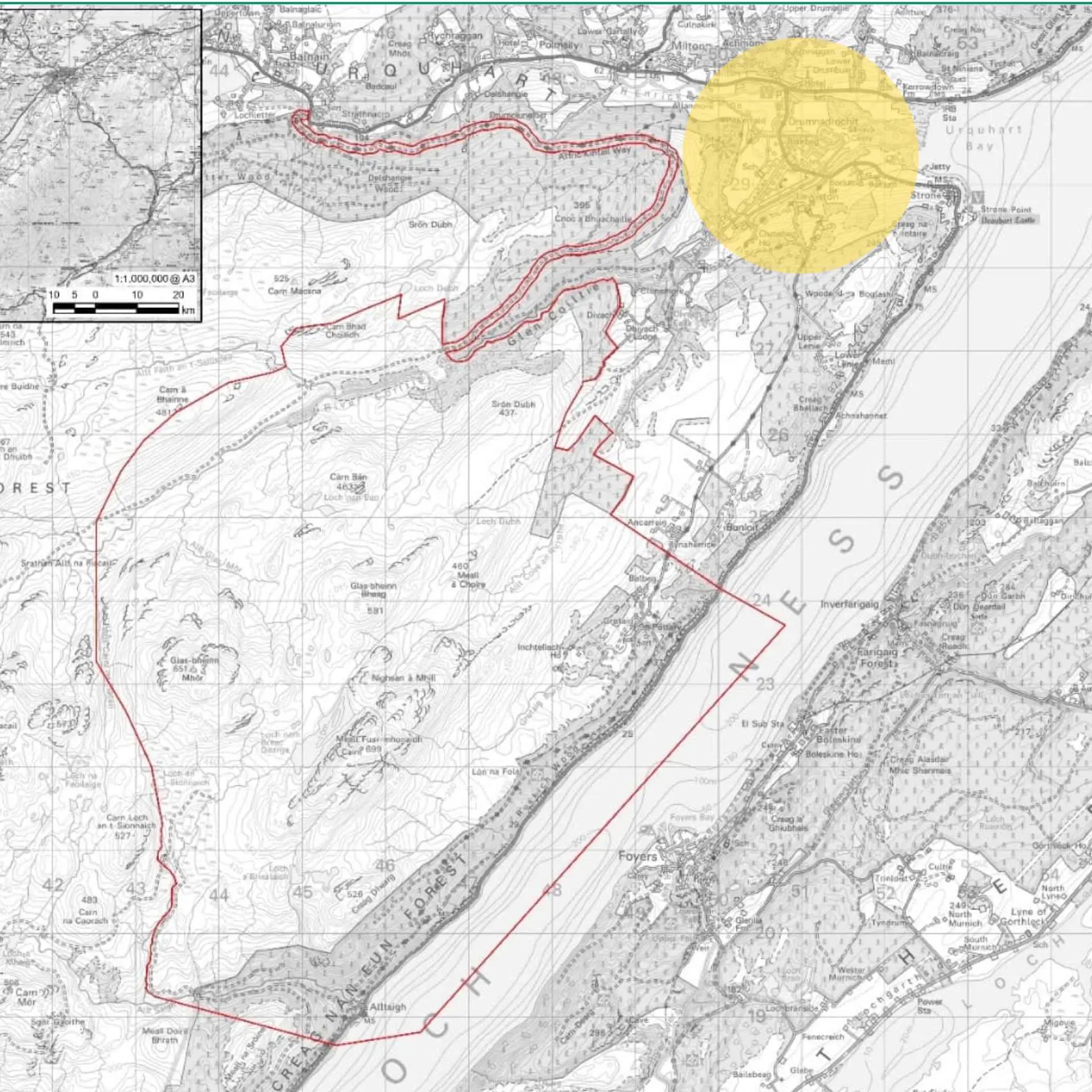
We’ve highlighted Drumnadrochit in yellow to help you get your bearings.
Where is Glen Earrach?
It will be located at Balmacaan Estate close to Loch Ness. The PSH scheme will utilise the existing Loch nam Breac Dearga, though this will need to be significantly enlarged and three dams constructed to hold 29 million cubic metres of water required.
It is located on the Northwest side of Loch Ness, approximately 9.5 km to the south of Drumnadrochit, and 6.5 km north of Invermoriston.
The total area within the Proposed Development Site boundary is approximately 4,890 hectares (ha) or about 7,000 football fields.
The area within it that will be developed is approximately 163 ha.
The Proposed Development Site is predominantly located within the catchment of the Allt Saigh watercourse. The Allt Saigh is situated on the southwestern end of the Proposed Development Site and is sourced from two small lochans. The Allt Saigh flows through approximately eight other lochs and lochans before entering Loch Ness. The Proposed Development will abstract and discharge water via the Lower Control works structure from and into Loch Ness, which is the largest body of water in the UK.
How long will it take?
Works will no doubt commence soon after consent is granted, which could take a matter of weeks or months. The Loch Kemp application has been under consideration for the past 18 months.
The construction phase is projected to last 8 years. It is expected that the civil works (dams, dry tunnels, shafts, caverns and inlet / outlets structures) will, with periodic maintenance and repair, have an operational life of approximately 125 years. However, it is expected that the mechanical/electrical plant will require refurbishment or major overhaul every 15 to 30 years.
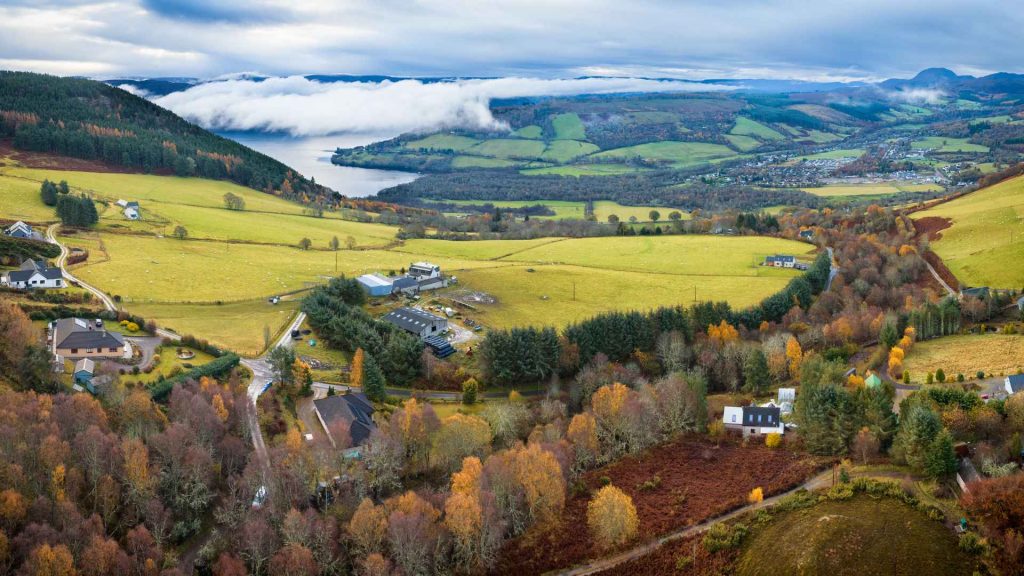
What will construction entail?
- At Loch nam Breac Dearga (proposed Headpond) three dams and a spill way are proposed. These range from 370m long and 24m high, to 1000m long and 59m high.
- Current level of Loch nam Breac Dearga: 485m, water depth 22m but it will be dammed/excavated to new working depth of 57m.
- 17 separate compounds are required to facilitate the works, totalling over 260,000 metres square of temporary compounds and 26,000 metres square of permanent compounds.
- Up to 1000 workers will be housed on site during the construction period (8 years).
- 9.6 million cubic metres of material (e.g. rock, peat etc) will be excavated
- Works will generate over 190,000 cubic metres of airborne pollution (e.g. particulates, dust)
- Numerous tracks will be ‘upgraded’ and created, with 36 water crossings proposed.
The Affric Kintail Way will be rerouted however this diversion will still cross the main construction route. - Approximately 200,000 cubic metres of material will be exported via barge using Loch Ness and the Caledonian Canal (destination unknown).
- The Lower Control Works (where the intake/outlets structures will be housed) on the shore of Loch Ness will be 262 m long and 32 m wide.
- Tunnelling will be done via drill and blast technique. It is anticipated that the underground tunnelling will be a 24-hour operation.
Worker Facilities – A new village
To support up to 1,000 workers, the following have been scoped into the design of the accommodation:
• Accommodation: 1,000 single rooms with individual toilet facilities along with communal laundry facilities;
• Catering and Dining: Catering and dining facilities with a kitchen with necessary storage, freezer, preparation and cleaning amenities;
• Health & Safety: Medical facilities;
• Project Management: Site offices and meeting rooms
• Utilities: Gas and electric utilities along with potable and wastewater management;
• Parking and Transportation: Coach parking for up to 12 no. coaches and limited individual vehicle parking along with bicycle stores;
• Social and Physical Amenities: Indoor gym, outdoor all-weather sports pitches, hospitality venues and convenience stores;
• Security Infrastructure: Security measures including perimeter controls, access management systems, and CCTV;
• Fire Safety Systems: Fire detection, alarm, and suppression systems;
• Waste Management Facilities: Solid waste handling, sorting, recycling facilities, and hazardous waste management;
• Telecommunications Infrastructure: Internet connectivity, mobile phone coverage, and telecommunications systems;
• Emergency Response Facilities: Emergency response equipment, rescue services, and evacuation protocols;
• Religious or Cultural Facilities: Spaces accommodating diverse religious and cultural needs; and,
• Education or Training Facilities: Facilities for continuing education and workforce training.
Other PSH schemes operational or proposed around Loch Ness
Some of our concerns stem from the cumulative impact of PSH on Loch Ness. Find out more below and visit Ness District Salmon Fishery Board to learn more about the multiple proposed developments around Loch Ness
01
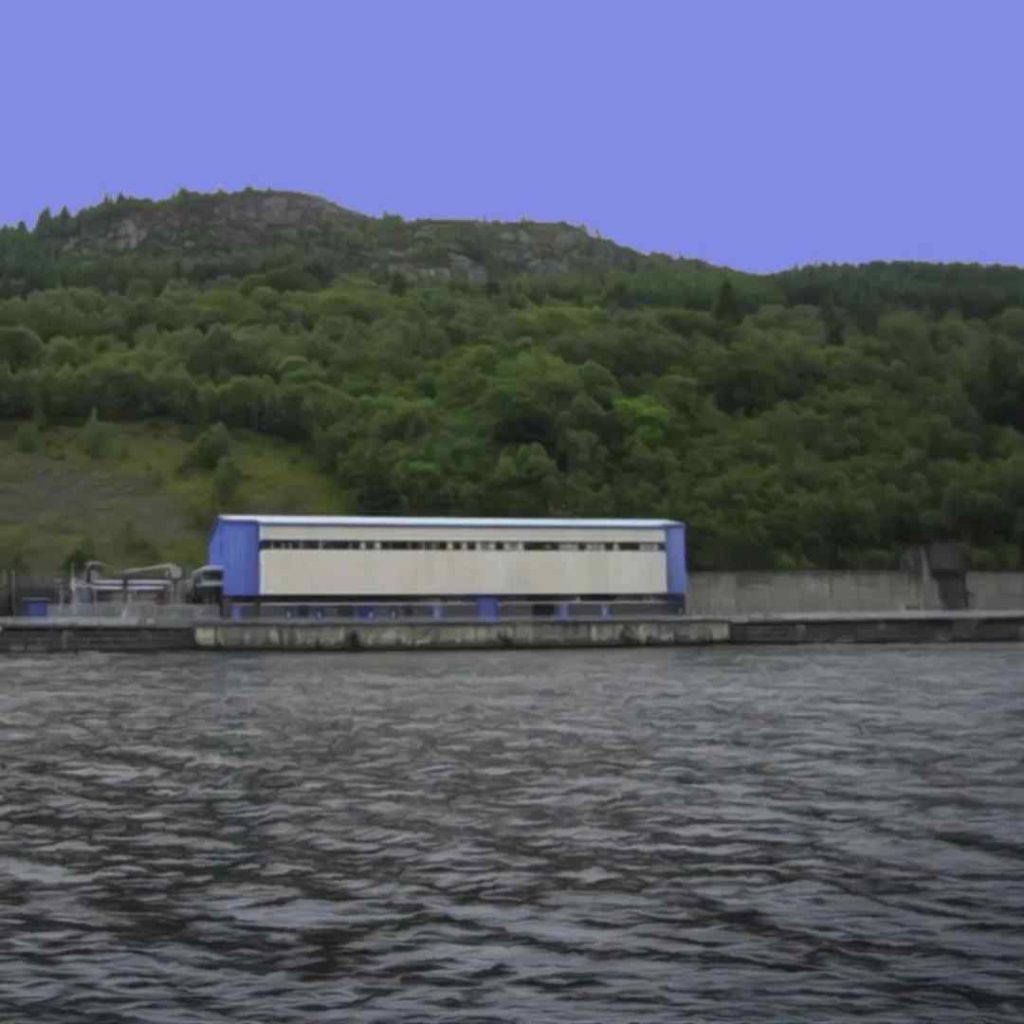
Foyers
Has been operational since 1976 and is currently the only major industrial site visible from Loch Ness. When generating, it can discharge 200 tonnes of water a second and can alter the water level by 8.7cm
02
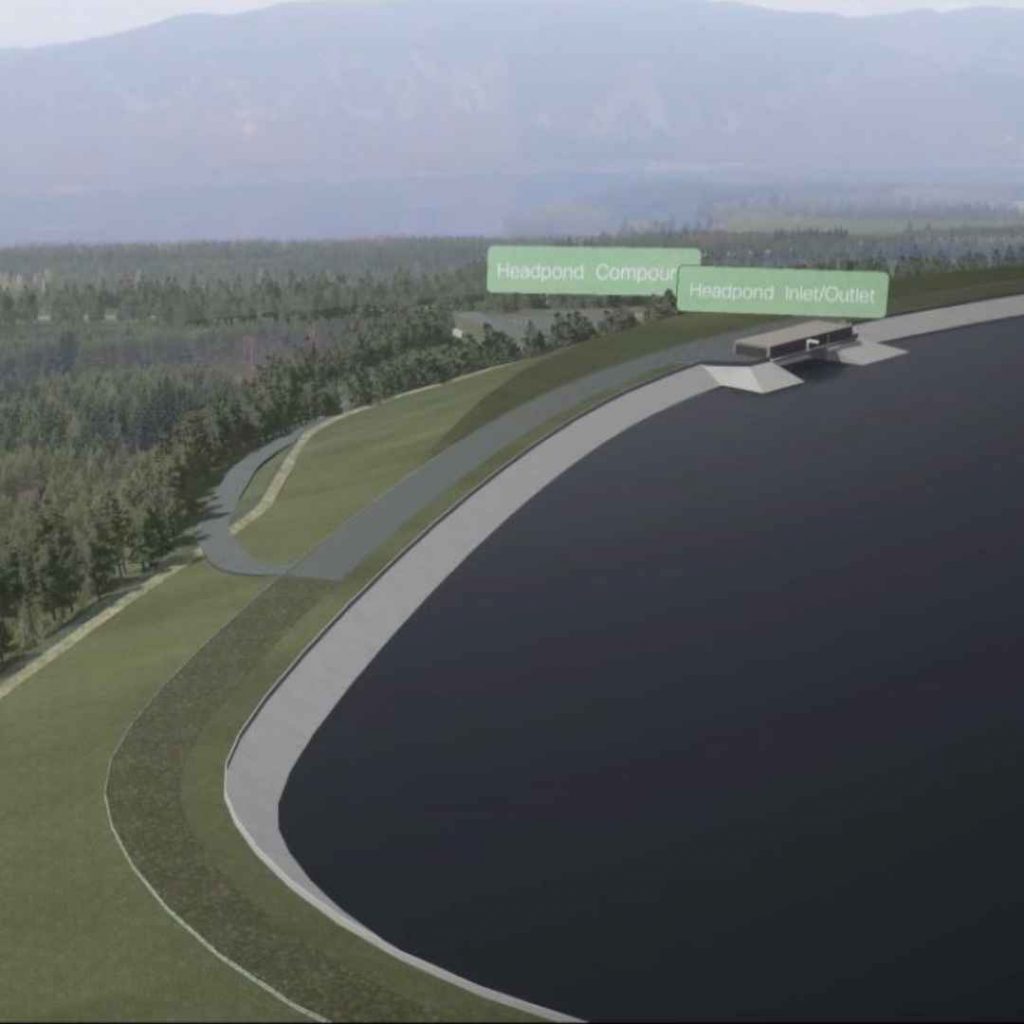
"Red John"
Also known as Loch na Cathrach, is a proposed development above Dores on the south shore of Loch Ness. It was approved in 2021 and construction is due to start in 2026. It's estimated this will fluctuate the water level slightly more than Foyers currently can.
03
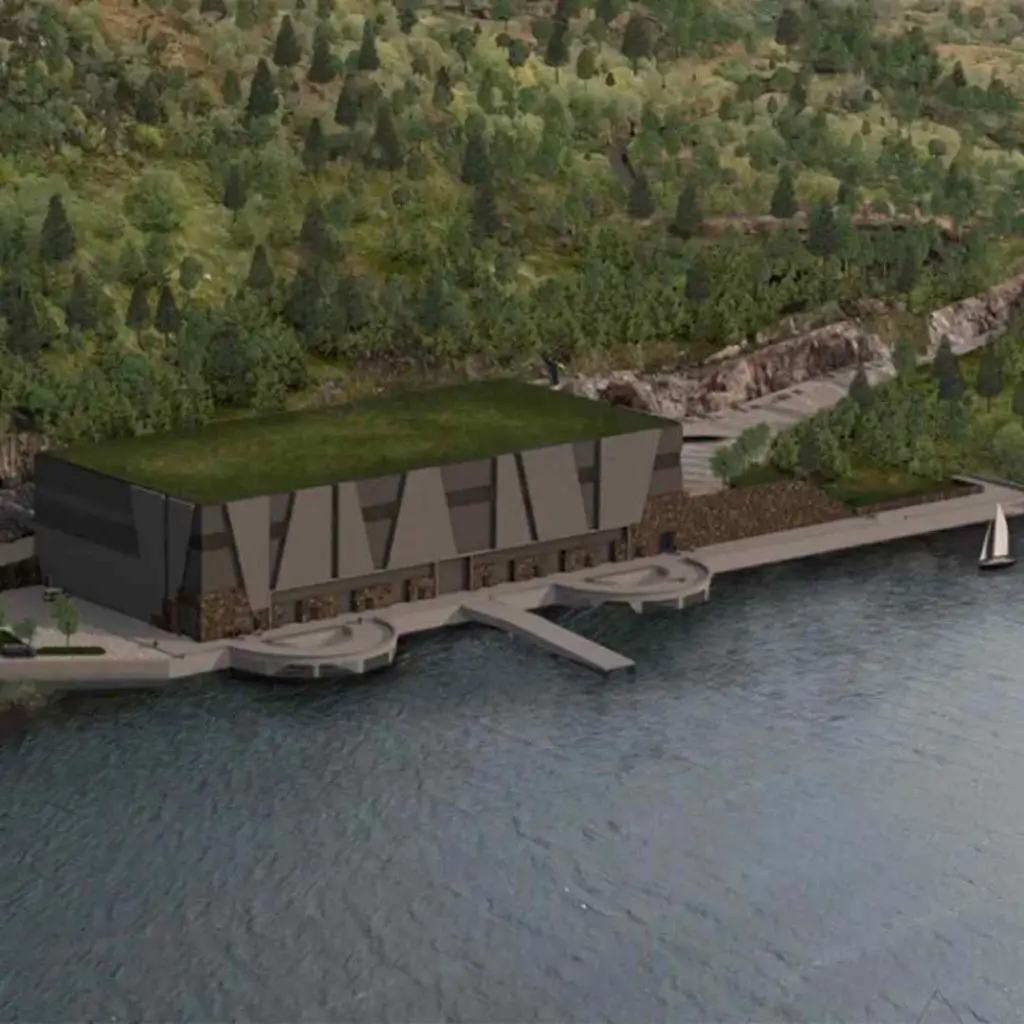
Loch Kemp
Is another proposed development on the south shore of Loch Ness and will be twice the size of Foyers. Planning was submitted at the end of 2023 and this is still under consideration. The cumulative effect of these three schemes would be a daily drawdown of 73cm.
Get Involved in Protecting Loch Ness
Join our community effort to raise awareness about the Glen Earrach development and its effects on Loch Ness. By signing up, you’ll stay informed on our environmental initiatives, receive updates about the project, and learn how you can help protect this beautiful area. Together, we can make a difference.
